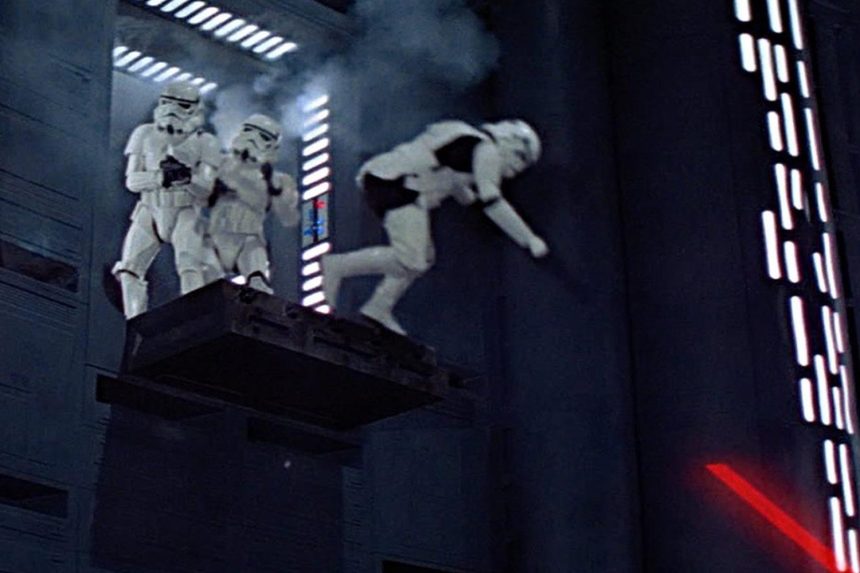The Legacy of a Sound: The Iconic Wilhelm Scream in Film History

A Sound That Became a Cultural Phenomenon
Within the realm of sound design, few elements have achieved the same level of recognition as the Wilhelm scream. Originating as an inside joke among filmmakers, this distinct audio clip has become a hallmark across various cinematic landscapes. Its origins date back to traditional Hollywood, but its presence has extended far beyond that era.
The Humble Beginnings
Initially featured in several classic films, the Wilhelm scream emerged during recordings for productions like “Distant Drums” in 1951. Sound designer Ben Burtt was pivotal in reviving this forgotten sound effect and introducing it to new generations through iconic franchises such as “Star Wars” and “Indiana Jones.” His playful integration of the scream turned it into an ongoing Easter egg that filmmakers would include for both homage and comic relief.
A Comedic Touch Amidst Action
What started as a subtle nod among creatives quickly transformed into a striking signature of action-packed sequences. Whether it appears when characters fall from great heights or confront perilous situations, the absurdity encapsulated by the screaming figure lends itself to unexpected humor that audiences have come to anticipate. Over time, it has been incorporated into countless films—more than 400 by some estimates—ranging from blockbusters to smaller indie productions.
Cultural Impact and Modern References
The reach of the Wilhelm scream stretches beyond mere film references; it manifests within pop culture at large. Video games often utilize this curious sound bite during moments intended to evoke laughter or surprise. Additionally, animated shows regularly feature similar screams as playful tributes, ensuring its legacy continues far beyond initial appearances.
A Lasting Tradition Among Filmmakers
Today’s creators still embrace this tradition with enthusiasm; newer movies frequently pay tribute to past classics through echoes of Burtt’s beloved sound effect. It can be found cleverly integrated into various genres—from comedy features like “Pixar shorts” scoring additional chuckles to horror films inserting ironic scares just before suspenseful moments spike tension.
Conclusion: More Than Just Noise
The enduring nature of the Wilhelm scream exemplifies how even something initially created without serious intent can evolve substantially over time while maintaining its charm and impact within cinematic storytelling. As filmmakers continue this tradition with gusto well into new decades ahead—and audiences recognize those nostalgic notes—they contribute not just towards preserving folklore but also enriching our collective film experience.Source






